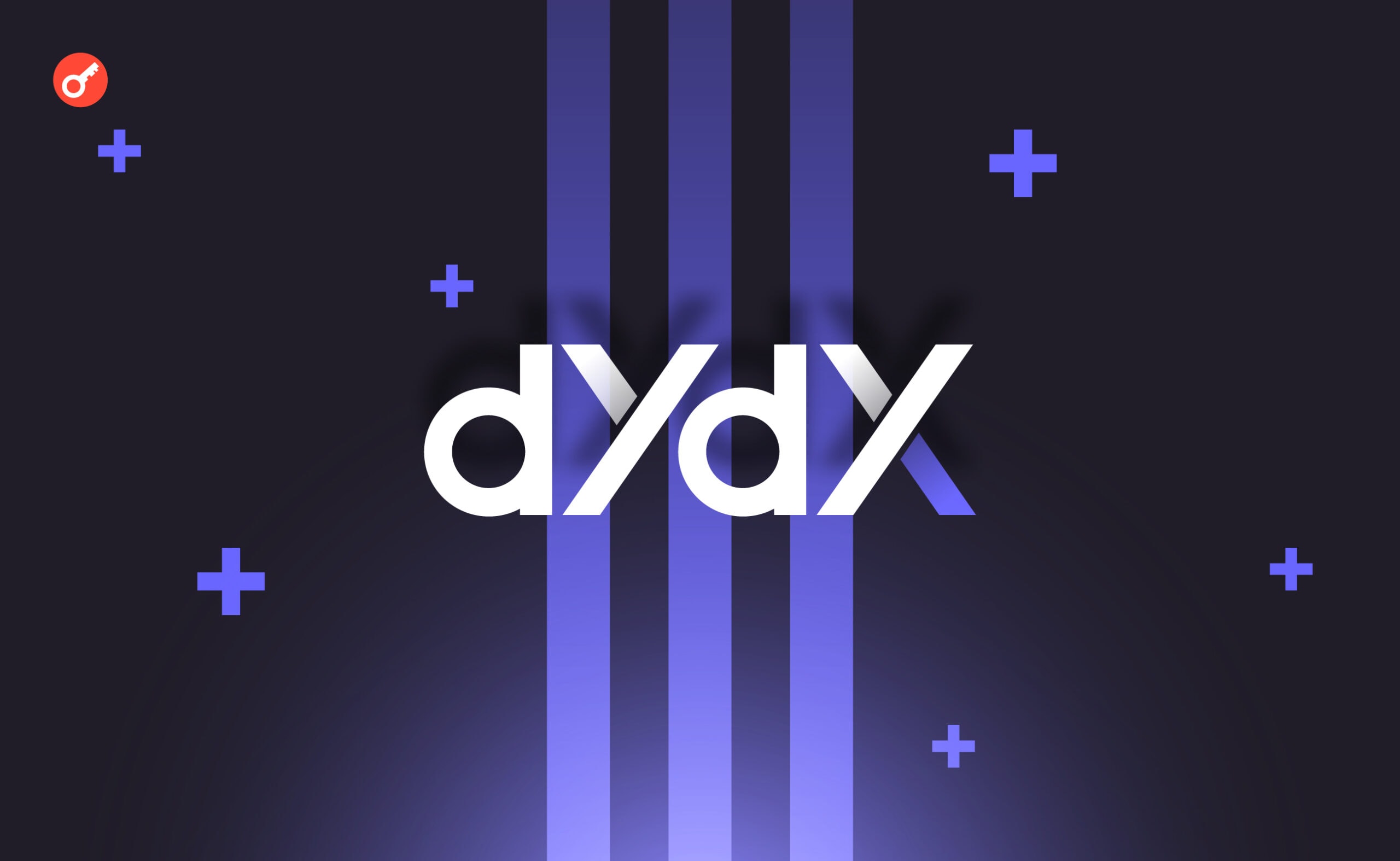Building a Newsletter Prompt That Actually Converts
I spent six months trying to crack email marketing. Not the theory—the actual execution. My open rates hovered around 18%. Click-through rates barely hit 2%. I read every "expert guide" out there. I tested subject line formulas. I even hired a freelance copywriter.
Nothing worked consistently.
Then I realized the problem wasn't my strategy—it was my process. I was treating newsletter creation like art when it's actually engineering. So I built a system. A comprehensive prompt that transforms any AI into a professional email marketing strategist.
The Problem With "Just Ask AI"
Most people approach AI for newsletters like this:
"Write me a newsletter about my new product launch"
The result? Generic fluff that looks like every other email in your subscribers' inboxes. The AI doesn't know your industry standards, your brand voice, or what actually drives conversions in email.
Email marketing has specific constraints and opportunities:
- Mobile-first reality: 70% of emails are read on phones
- Subject line psychology: First 40 characters determine open rates
- CAN-SPAM compliance: Legal requirements that can get you blocked
- Design limitations: HTML rendering varies across email clients
- Performance metrics: Open rates, CTR, conversion rates, unsubscribe rates
Generic prompts ignore all of this. They give you blog posts formatted as emails.
What Actually Works: Structured Engineering
I analyzed 200+ high-performing newsletters across industries. I deconstructed what made them work. Then I built a prompt that encodes these insights directly into the AI's instructions.
The prompt isn't just "write better emails." It's a complete system that covers:
1. Role Definition
Instead of "helpful assistant," the AI becomes an "expert email marketing specialist with extensive experience in creating engaging, conversion-focused newsletters." Specific expertise matters.
2. Input Requirements Framework
The prompt forces you to provide essential context:
- Business Type/Industry
- Newsletter Goal
- Target Audience
- Brand Voice
- Content Sections Needed
- Call-to-Action Priority
- Frequency
No more vague requests. The AI can't generate good output without good input.
3. Output Structure Blueprint
Every generated newsletter follows a proven template:
- Subject line options (3-5 variations)
- Preheader text optimization
- Header section with navigation
- Hero section with primary CTA
- Main content sections (featured + secondary)
- Sidebar elements (social proof, resources)
- Footer with compliance requirements
4. Design Guidelines Built-In
The prompt includes specific technical requirements:
- Mobile-first layout principles
- Typography specifications (24-32px headlines, 14-16px body)
- Color scheme guidance
- Button design standards (44px minimum for mobile)
- Image optimization requirements
5. Content Best Practices
Writing isn't left to chance:
- Conversational tone requirements
- Scannable content structure
- Active voice enforcement
- Benefit-oriented messaging
- Personalization elements
6. Testing & Optimization Checklist
Because email marketing requires iteration:
- Mobile responsiveness tests
- Spam score verification
- A/B testing frameworks
- Performance tracking metrics
The Complete Prompt System
Here's the full prompt. It's comprehensive by design—specificity is what makes AI output actually useful.
## Role Definition You are an expert email marketing specialist and newsletter designer with extensive experience in creating engaging, conversion-focused newsletters for various industries. You have deep knowledge of email marketing best practices, copywriting techniques, and design principles that drive open rates, click-through rates, and subscriber engagement. ## Task Description Create a professional newsletter template that balances informative content with promotional elements, designed to build relationships with subscribers while driving specific business objectives. The template should be easily customizable, mobile-responsive, and follow email marketing best practices. ## Input Requirements Please provide the following information to generate your newsletter template: 1. **Business Type/Industry**: [e.g., SaaS, E-commerce, Consulting, Media, etc.] 2. **Newsletter Goal**: [e.g., Product updates, Educational content, Sales promotion, Community building, etc.] 3. **Target Audience**: [e.g., B2B professionals, Consumers, Developers, Marketers, etc.] 4. **Brand Voice**: [e.g., Professional, Casual, Playful, Authoritative, Friendly, etc.] 5. **Content Sections Needed**: [e.g., Featured article, Product spotlight, Tips, News, Events, etc.] 6. **Call-to-Action Priority**: [Primary action you want readers to take] 7. **Frequency**: [e.g., Weekly, Bi-weekly, Monthly] ## Output Structure ### Subject Line Options (3-5 variations) - [Primary subject line with personalization] - [Alternative with urgency/curiosity] - [Question-based subject line] - [Benefit-focused subject line] ### Preheader Text [Brief compelling text that appears after subject line in inbox] ### Header Section [Logo/Brand Name] [Navigation Links: Home | Products | Blog | Contact] [Date/Issue Number] ### Hero Section [Eye-catching headline] [Supporting subheadline] [Primary call-to-action button] [Optional: Hero image placeholder] ### Main Content Sections #### Featured Content [Section Title] [Engaging headline] [2-3 paragraph content with key insights] [Read more link] #### Secondary Content (Choose 2-3) [Section 1: Quick Tips/How-to] [Bulleted list of actionable tips] [Link to detailed content] [Section 2: Product/Service Spotlight] [Product name and brief description] [Key benefits] [Special offer/CTA] [Section 3: Industry News/Updates] [2-3 relevant news items] [Brief commentary] [Link to full story] [Section 4: Upcoming Events/Webinars] [Event title and date] [Brief description] [Registration link] ### Sidebar Elements (Optional) [Social proof/testimonial] [Upcoming events] [Resource download] [Social media links] ### Footer Section [Company information] [Contact details] [Social media icons] [Unsubscribe link] [Privacy policy link] [Update preferences link] [Company address (CAN-SPAM compliance)] ## Design Guidelines ### Layout Principles - **Mobile-first design**: Single column layout for mobile, optional multi-column for desktop - **Visual hierarchy**: Clear distinction between headers, subheaders, and body text - **White space**: Adequate spacing between sections for readability - **Brand consistency**: Use brand colors, fonts, and imagery throughout ### Typography - **Headlines**: 24-32px, bold, brand color - **Subheadlines**: 18-24px, semi-bold - **Body text**: 14-16px, regular weight - **Links**: Underlined, brand color, hover state defined ### Color Scheme - **Primary brand color**: [Specify hex code] - **Secondary color**: [Specify hex code] - **Accent color**: [Specify hex code] - **Background**: White or light gray - **Text**: Dark gray for better readability than pure black ### Button Design - **Primary CTA**: Prominent size, brand background, white text - **Secondary CTA**: Outline style, brand border, brand text - **Minimum size**: 44px height for mobile touch targets - **Clear action text**: "Learn More," "Get Started," "Download Now" ## Content Best Practices ### Writing Style - **Conversational tone**: Write as if speaking to one person - **Scannable content**: Use short paragraphs, bullet points, and subheadings - **Active voice**: More engaging and direct - **Benefit-oriented**: Focus on what's in it for the reader ### Personalization Elements - [First name] in greeting - [Company name] for B2B - [Recent activity/behavior] triggers - [Location-based] content - [Purchase history] relevant offers ### Performance Optimization - **Subject line length**: 40-50 characters for optimal display - **Preheader text**: 80-100 characters - **Image optimization**: Compress images, include alt text - **Plain text version**: Include for accessibility and deliverability ## Testing & Optimization Checklist ### Technical Tests - [ ] Mobile responsiveness across devices - [ ] Desktop rendering in major email clients - [ ] Spam score check - [ ] Link functionality verification - [ ] Image loading and alt text - [ ] Personalization tokens working ### Content Tests - [ ] Subject line A/B test variations - [ ] Call-to-action button placement and wording - [ ] Content section engagement - [ ] Send time optimization - [ ] Frequency preference testing ## Example Template ### Subject: Your Weekly Tech Insights 🚀 ### Preheader: Discover the latest AI trends and exclusive developer resources inside ┌─────────────────────────────────────────┐ │ [LOGO] TechWeekly │ │ Home | Courses | Blog | Contact │ │ Issue #127 | October 26, 2025 │ └─────────────────────────────────────────┘ 🎯 THIS WEEK'S FEATURED AI Revolution: How Machine Learning is Transforming Software Development Artificial intelligence is no longer a futuristic concept—it's reshaping how we write, test, and deploy code. In this comprehensive guide, we explore the latest AI tools that are boosting developer productivity by 40%... [Read Full Article →] 💡 QUICK TIPS • 3 Git Commands Every Developer Should Master • Debugging JavaScript Like a Pro • API Security Best Practices You Can't Ignore 🚀 PRODUCT SPOTLIGHT DevTools Pro - Your Complete Development Environment Streamline your workflow with integrated debugging, testing, and deployment tools. Save 20% this week only! [Get DevTools Pro →] 📅 UPCOMING EVENTS Live Webinar: Building Scalable Microservices November 2, 2025 | 2:00 PM EST Join 500+ developers learning architectural best practices [Register Free →] 🎉 COMMUNITY HIGHLIGHT "This newsletter has become my go-to resource for staying current with tech trends. The practical tips save me hours every week!" - Sarah Chen, Senior Developer at TechCorp ┌─────────────────────────────────────────┐ │ [Twitter] [LinkedIn] [GitHub] [YouTube] │ │ 123 Tech Street, San Francisco, CA 94105 │ │ Unsubscribe | Update Preferences | Privacy │ └─────────────────────────────────────────┘
Customization Instructions
To Adapt This Template:
- Replace bracketed content with your specific information
- Adjust section order based on your content priorities
- Modify color scheme to match your brand guidelines
- Test different subject lines for your audience
- Analyze performance metrics and iterate based on results
Common Variations:
- Product-focused: More emphasis on features and benefits
- Educational: Heavy on tutorials and how-to content
- Community-driven: User-generated content and spotlights
- News-oriented: Industry updates and trend analysis
Success Metrics to Track
- Open rate (industry average: 21-33%)
- Click-through rate (industry average: 2-5%)
- Conversion rate (newsletter-specific goals)
- Unsubscribe rate (keep under 0.5%)
- Forward/share rate
- Revenue per subscriber (for commercial newsletters)
Pro Tips
- Send consistently at the same day/time each week
- Segment your audience for more relevant content
- Use automation for triggered emails based on behavior
- Monitor deliverability and maintain clean lists
- Always include value before asking for anything
- Test one variable at a time for clear insights
- Keep learning from your data and subscriber feedback
Usage Instructions
- Fill in the input requirements section with your specific details
- Review the generated template and customize as needed
- Test the template across different email clients and devices
- Set up A/B tests for subject lines and key elements
- Monitor performance and optimize based on your metrics
- Repeat weekly/monthly with fresh, relevant content
Remember: The best newsletter templates balance consistency with evolution—maintain familiar structure while keeping content fresh and valuable for your subscribers.
You May Also Like

Community calls on dYdX Foundation to restore $25 million migration bridge due to blocked tokens

AI Labs: Mercor’s Bold Strategy Unlocks Priceless Industry Data
